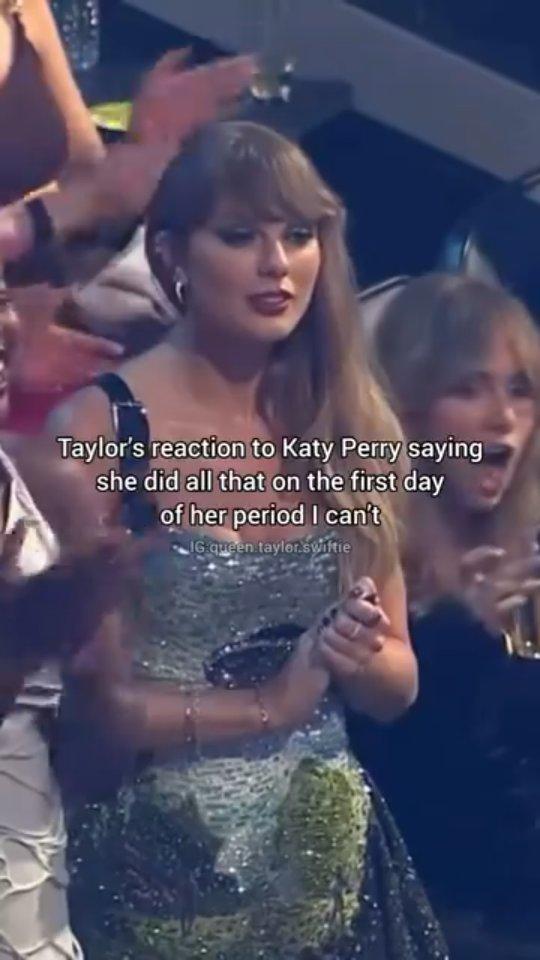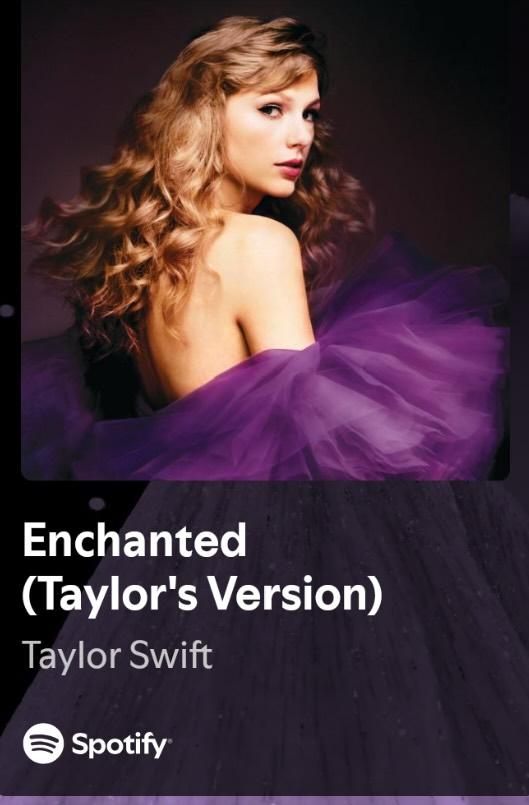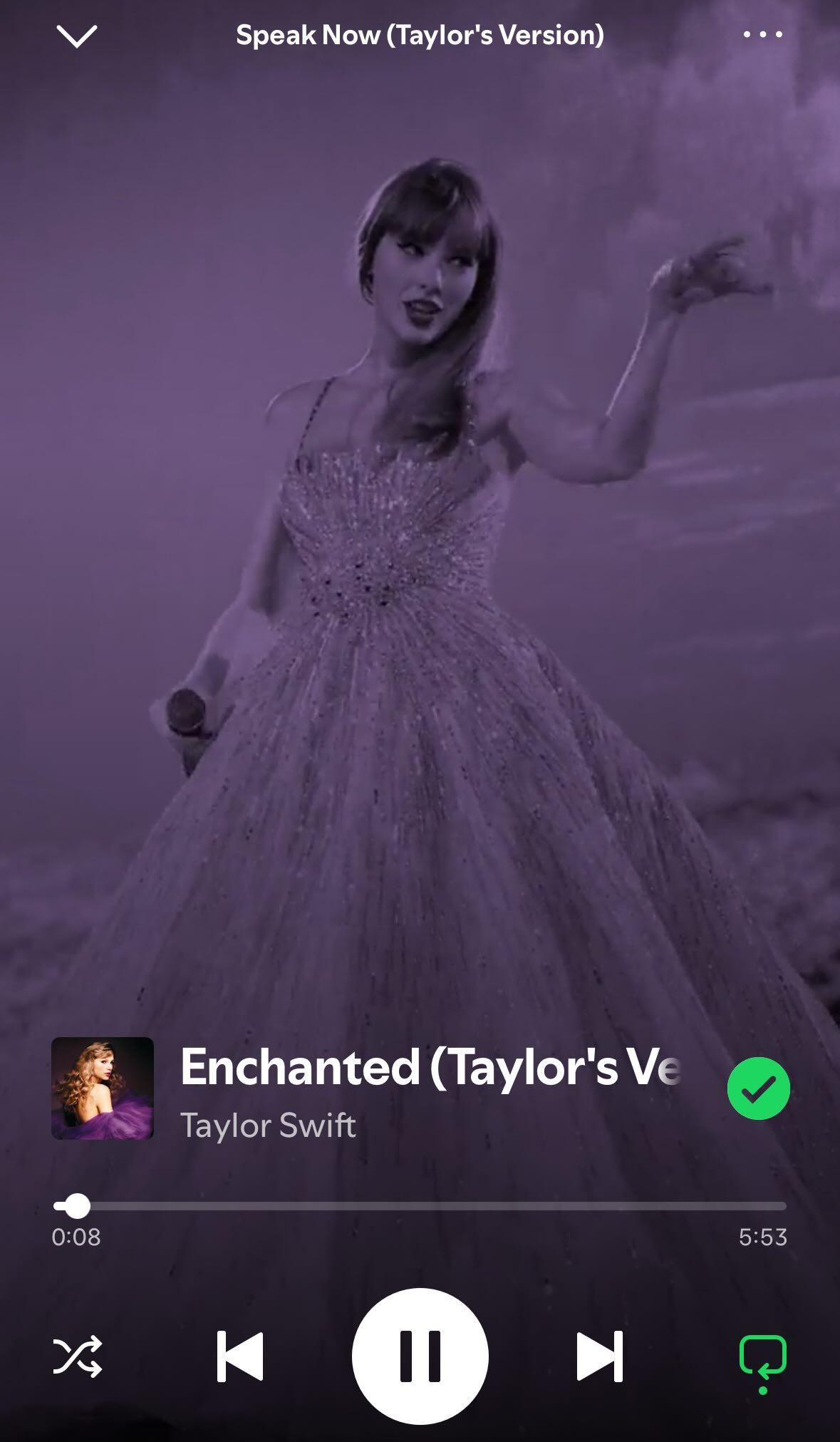The internet is ablaze. It started with a simple post lamenting the disconnect between anti-capitalist sentiment and Taylor Swift’s success—a sentiment rapidly amplified across countless social media platforms. Now, a global phenomenon—a fervent, almost fanatical devotion—surrounds the pop icon, fueled by carefully curated merchandise drops, cryptic Easter eggs, and a relentless stream of speculation. But beneath the surface of Swiftie enthusiasm lies a complex ecosystem of influence, branding, and a surprisingly unsettling level of investment.

The evidence is everywhere. From the obsessive tracking of every social media post—analyzed for hidden meanings—to the creation of intricate fan theories surrounding everything from album titles to song lyrics, the Swiftie community has become a self-contained, hyper-engaged market. The recent drop in merchandise, widely deemed “ugly” by some, has triggered a near-hysterical response, revealing a deep-seated need to own a piece of the Taylor Swift brand. The “Switch 2” re-stock, the announcement of a new Sabrina Carpenter album, and the continued demand for merchandise demonstrate not just fandom, but the deliberate creation of a consumer cult.

Notably, the coordinated effort extends beyond mere purchasing. Users are frantically archiving posts, creating exhaustive timelines, and obsessively dissecting any potential connection to other artists or events. The “Manchild” font reference—linking it to Sabrina Carpenter’s new album announcement— illustrates this perfectly – a rapid spread of theories and connections fueled by a desire for pattern recognition and confirmation bias; a desire to find meaning, and therefore, value, within the seemingly random actions of Taylor Swift.

The intense focus continues to fuel a climate of investment, creating a feedback loop of obsession and commercial success. The fervor surrounding the merchandise drops—with its alleged “ugly” aesthetic—is a testament to a desire for status and a need to claim ownership, not just of the music, but of the identity presented by the Taylor Swift brand. Whether this is a genuine expression of fandom or a calculated manipulation remains a key question.
Are Swifties simply passionate fans or are they actively contributing to a marketing machine? Is the demand for merchandise merely a reflection of musical taste, or is it a subconscious desire to align ourselves with power, wealth, and the seemingly effortless success of Taylor Swift?
**Don’t just follow the trend – be a part of it. Explore the questions, join the conversation, and decide for yourself.**



